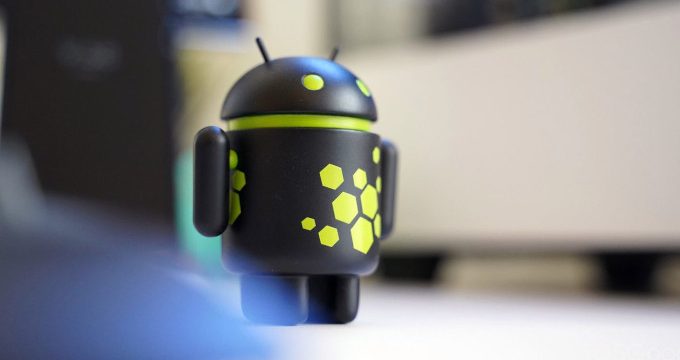If you are making your first steps in mobile game development, learning the specifics of building games for Android will be among your major concerns. As of today, Android is an operating system of choice for most smartphone users – in fact, in terms of the number of users it’s currently #1 OS in the world. According to 2017 stats, the number of Android smartphone users has reached 2.3 billion leaving iOS far behind. Given that Android is also widely used for TVs, digital cameras and consoles, the scope of its proliferation could be even wider.
What Makes Android Game-Friendly
So what is it that makes Android so popular? Most Android enthusiasts will list the following features:
– Sleek and convenient user interface
– Interactivity
– Flexible software ecosystem
– Easily-customizable
– Enables developers to creating more custom design elements
– Developer-friendly hardware platform.
All of the above accounts for making Android games a main revenue source at the Google App Store. Android game developers give this operating system a lot of credit for its extensive support of programming languages, direct manipulation interface (the swiping, tagging and dragging options), multimedia support, updates and services, easy hardware configuration procedure and much more.
Android provides an excellent environment for building multiplayer games with ongoing gameplay due to its support of a number of networks, including Bluetooth, Wi-Fi, LTE, GSM/CDMA/EDGE, IDEN, etc. A range of sensors available in Android devices enables developers to design game controls for their games. Furthermore, the game submission/distribution process is fast and simple, providing game devs with an opportunity to publish their game to private channels apart from App Store.
On top of that, Android OS has all it takes to create state-of-the art user experiences, generating an emotional response, which is, arguably, one of the main characteristics of a good game. Using gravity and game-related GPS sensors as well as dynamic gesture control and OpenGL, Android developers can create captivating game dynamics which enhance user involvement.
Android Game Development Challenges
Android does have its downsides, though. If you develop for Android, you will, most certainly, encounter a number of pitfalls. Here’s a brief outline of the most frequent game development challenges you will come across as you build for Android.
Developing for a wide range of device configurations
Since Android OS supports a multitude of different devices, an Android game will be expected to run on most of them. On the upside, this enables Android game publishers to target a vast number of users. On the downside, though, ensuring that a game will be compatible with all devices and platforms is a major challenge. Different graphic processors will deliver different performance: achieving consistency will require careful testing and thorough adjustment.
Staying unique
Android is a #1 game development platform in the world, which, obviously, is good. The bad thing is that with so many Android games out there, creating a truly uniques storyline has become really difficult. Across all genres: combat, action, RTS, adventure, etc, it looks like everything you can possibly think of has been done before. Although some gamers believe it’s mainly game dynamics that make a good game, most people will argue that a memorable storyline is important.
Creating great design and graphics
As said before, not all graphics will look equally good on all Android devices. Achieving consistency requires in-depth understanding of existing target devices and their limitations. Creating a design that will incorporate the current trends and look excellent regardless of a device and a graphic processor a game will run on is a major challenge for both designers and programmers.
Supporting social components and multiplayer trends
Multiplayer games are on the rise now. With the spread of AR/VR, this trend is set to evolve into something truly exciting. Not only do multiplayer games deliver more captivating game dynamics, their social features are also what some players value most about mobile gaming in the first place. Supporting these features and proving a scalable, flexible and reliable platform for their support and deployment is another Android game development challenge. One of such social features is Google Nearby by Google Play enabling to detect Android devices in close proximity. But surely, for all-inclusive support, an Android multiplayer game needs a reliable backend.
With this in mind, we have built a Festi Cloud Platform, a mobile backend solution for social multiplayer games. Festi Cloud enables you to manage a centralized database that lets users share content via cloud. On top of that, the platform features a range of useful development tools and backend services.
Custom-built specifically for mobile games and apps, Festi Cloud Platform will handle quickly peaking and subsiding workloads, store player information and ensure real-time interactivity. Moreover, it will integrate seamlessly with most professional game development engines, such as Unity 3D and has built-in modules that will accelerate your development speed and help deliver faster-time-to-value.
Nothing will give you full understanding of Fresti Cloud Platform and it’s potential like a test-drive. Contact us now to request a free trial!

